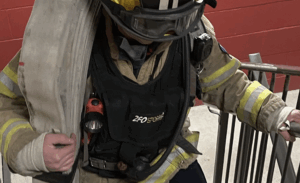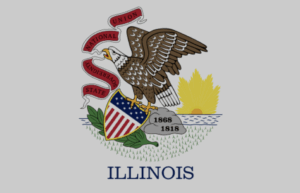U.S. firefighters work under the patronage of U.S. Fire Service Department Models (fire departments, fire protection districts, fire divisions, fire bureaus, etc.). These departments are generally organized as a local city or county government entity. A few U.S. fire departments, like an international airport or an oil refinery fire department, are privatized.
*According to the US Fire Administration, as of January 2020, there were 27,200 registered fire departments in the US.
*Alabama 809, Alaska 157, Arizona 251, Arkansas 688, California 878, Colorado 325, Connecticut 252, Delaware 58, District of Columbia 3, Florida 475, Georgia 463, Hawaii 12, Idaho 196, Illinois 1,108, Indiana 764, Iowa 732, Kansas 505, Kentucky 683, Louisiana 426, Maine 338, Maryland 262, Massachusetts 363, Michigan 965, Minnesota 725, Mississippi 414, Missouri 775, Montana 280, Nebraska 392, Nevada 87, New Hampshire 213, New Jersey 716, New Mexico 246, New York 1,664, North Carolina 1,087, North Dakota 325, Ohio 1,131, Oklahoma 743, Oregon 305, Pennsylvania 1,794, Rhode Island 68, South Carolina 443, South Dakota 294, Tennessee 634, Texas 1,509, U.S. territories 11, Utah 191, Vermont 204, Virginia 551, Washington 401, West Virginia 409, Wisconsin 762, Wyoming 113, Totaling 27,200.
Organization type
*Most (96%) of registered departments are local, including career, volunteer, and combination fire departments and fire districts. The remaining 4% are state and federal government fire departments, contract fire departments, private or industrial fire brigades, and transportation authority or airport fire departments.
Personnel
*The registered fire departments are staffed by 1,216,000 personnel.4 This figure includes career, volunteer, paid-per-call firefighters, civilian staff, and nonfirefighting personnel. There were 1,064,700 active career, volunteer, and paid-per-call firefighters, representing 88% of the registered departments’ personnel. Of the active firefighting personnel:
33.2% were career firefighters.
54.5% were volunteer firefighters.
12.3% were paid-per-call firefighters.
*https://www.usfa.fema.gov/downloads/pdf/registry_summary_2020.pdf
Understanding Career Fire Departments
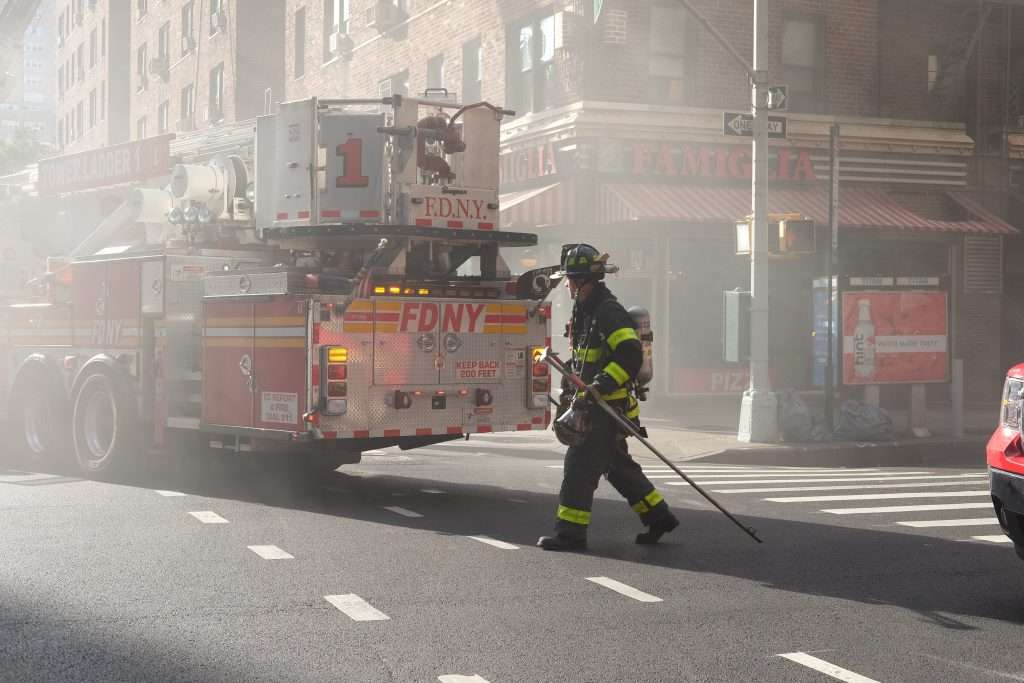
The wailing siren, the flashing red lights, and the swift response to emergencies are the hallmarks of full-time fire departments, the tireless guardians of our communities. In this section, we will delve into the very essence of these fire departments, understanding what they are, why they exist, and how they operate.
What Type of City has a Career Fire Department?
Almost all career firefighters work in a large urban area with a significant population. A large city would be classified as having a population of over 25,000. Smaller cities and towns employ a volunteer or paid on-call fire department system. A small city would be classified as having a population under 25,000.
To make firefighting a career, you must work for a department that has paid full-time firefighters. Of the 27,000 fire departments listed in the National Fire Department Registry, 3,000 are career fire departments employing 370,000 full-time firefighters. Fire departments range in size from 3, 5, 10, and 30 stations, and a department like New York has close to 500.
Purpose of Full-Time Fire Departments
A full-time fire department, often called a career fire department, is a critical component of public safety infrastructure. Unlike volunteer fire departments, where firefighters offer their services voluntarily, full-time fire departments are staffed by career firefighters who are compensated for their service.
These departments are vital in urban and densely populated areas, where the demands for fire and emergency response are constant and require a round-the-clock presence.
The purpose of full-time fire departments is multifaceted. These departments are primarily established to safeguard life and property from the destructive forces of fires and other emergencies.
Their core responsibilities encompass firefighting and various emergency services, such as rescue operations, hazardous material response, and emergency medical assistance. Additionally, full-time fire departments often play a pivotal role in disaster management and are trained to handle a range of natural and man-made calamities.
24/7 Availability and Funding Sources
One distinguishing feature of full-time fire departments is their round-the-clock availability. Fires and emergencies do not adhere to a schedule, and these departments operate 24/7, 365 days a year.
The constant presence of career firefighters ensures rapid response times, which is critical for minimizing damage and saving lives.
Funding sources for full-time fire departments vary from one jurisdiction to another. They are typically funded through local taxes, government grants, and sometimes fees for specific services, such as ambulance transport.
Adequate funding is crucial to maintain a highly trained workforce and well-maintained equipment.
Notable Examples of Full-Time Fire Departments
-
New York City Fire Department (FDNY): As one of the world’s largest and most renowned full-time fire departments, FDNY serves the five boroughs of New York City. Its rich history and diverse range of services make it a prime example of a full-time fire department.
-
Los Angeles Fire Department (LAFD): LAFD is another prominent full-time fire department serving the bustling metropolis of Los Angeles. It handles firefighting, emergency medical services, and hazardous materials response.
-
Chicago Fire Department (CFD): CFD protects the Windy City from fires and other emergencies. It is known for its professionalism and extensive training programs.
These full-time fire departments, among many others, exemplify the dedication and commitment of career firefighters to ensure public safety.
If you’d like more details about the hiring requirements, you can just read Firefighter Hiring Requirements and Preferences Explained.
Learn How to Become A Career Firefighter

Mastering the Firefighter Exam is a complete guide on how to pass the firefighter exam with a top score. It simplifies the complicated hiring practices of big city fire departments and reveals insider information most candidates don’t know about.
If You Would Like To Know How To Get A Head Of Your Competition, This Book Is For You.
Understanding Volunteer Fire Departments
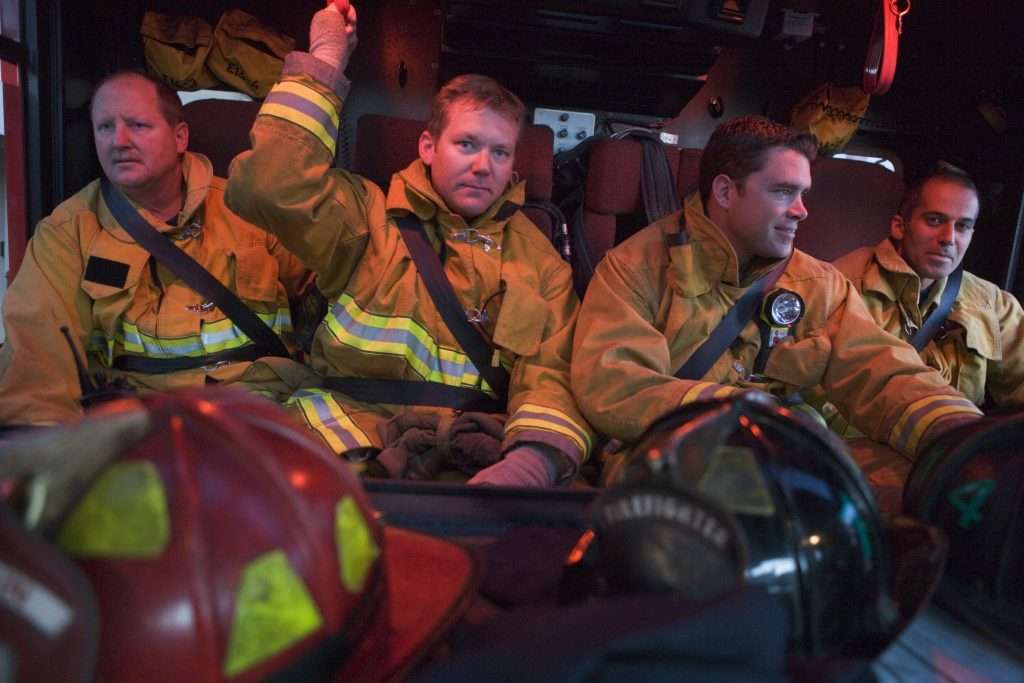
Amidst the tranquility of small towns and rural areas, where the community runs deep, volunteer fire departments are steadfast protectors.
This section will explore the world of volunteer fire departments, understanding what distinguishes them, why they exist, and how they operate.
Purpose of Volunteer Fire Departments
In contrast to its full-time counterparts, a volunteer fire department operates on a unique community dedication foundation. It consists of volunteers who respond to emergencies without financial compensation because they are committed to public safety.
These departments are most prevalent in rural and less densely populated regions, where the demand for firefighting and emergency services may not necessitate a full-time, paid staff.
The purpose of volunteer fire departments is deeply rooted in their commitment to serving their communities. They exist to safeguard life and property from fires and other emergencies, just like full-time departments.
Their core responsibilities encompass not only firefighting but also an array of emergency services, often tailored to the specific needs of their locality. Additionally, volunteer fire departments are pivotal in disaster management and community resilience.
Community Availability and Funding Sources
One of the defining features of the volunteer U.S. Fire Service Department Models is their strong community involvement.
Volunteer firefighters are typically local residents who can respond quickly to emergencies because they live within or close to their service areas. This community connection fosters trust and ensures rapid response times.
Funding sources for volunteer fire departments often depend on local arrangements. They may receive support from municipal or county budgets, community fundraisers, and donations.
Many volunteers also contribute time and resources to maintain the department’s operations.
Notable Examples of Volunteer Fire Departments
- Knox Volunteer Fire Department, Pennsylvania: This dedicated department in rural Pennsylvania exemplifies the spirit of volunteer firefighting in a small, close-knit community.
- Braggadocio Volunteer Fire Department, Missouri: Serving a remote area in Missouri, this department showcases the importance of community volunteers in protecting regions with limited resources.
- Round Hill Volunteer Fire Department, Virginia: Volunteer departments can also be found in suburban areas. Round Hill VFD, located in Northern Virginia, provides critical services to its community.
- West Marin Fire Protection District, California: This volunteer fire department in the beautiful and rugged landscapes of California’s Marin County demonstrates a commitment to preserving nature and community.
These volunteer fire departments, among many others, underscore the selfless dedication of community members who ensure public safety in areas where full-time departments may not be feasible.
If you’d like more details about volunteer firefighting, read Pursuing a Career as a Volunteer Firefighter: A Step-by-Step Guide.
Understanding Paid-on-Call Fire Departments
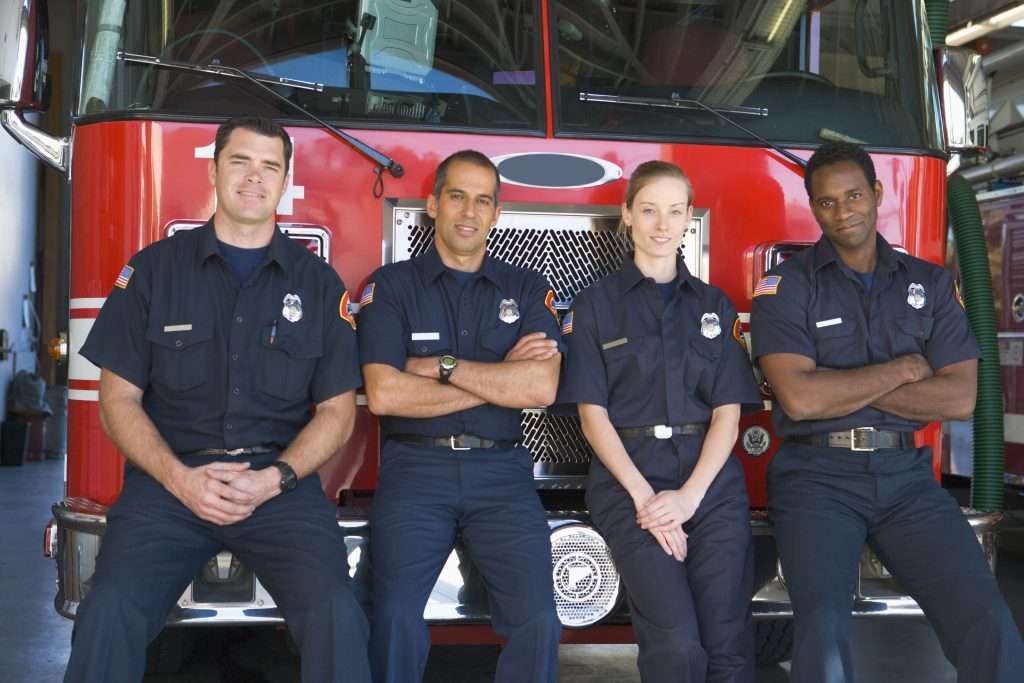
Some individuals stand ready to heed the community service call in the quiet hours between work and daily life. Paid-on-call fire departments are the embodiment of this commitment.
In this section, we will explore paid-on-call fire departments, their distinctive nature, the motivations behind becoming a paid-on-call firefighter, and how they serve their communities.
Purpose of Paid-on-Call Fire Departments
Paid-on-call fire departments, also known as part-paid or paid-per-call departments, comprise individuals who serve as firefighters alongside other jobs.
Volunteers receive compensation per call, making them a vital component of many rural and suburban communities where full-time staff may need to be more practical.
The primary purpose of paid-on-call fire departments is to provide a pool of trained firefighters who can respond promptly to emergencies, particularly in communities with limited resources.
These departments rely on the dedication and availability of individuals willing to be on call and respond when their community needs them, despite their primary employment commitments.
Community Availability and Funding Sources
Paid-on-call firefighters are community members who make themselves available during off-duty hours, ensuring a rapid response to emergencies. Funding for these departments often comes from local budgets, grants, and call stipends paid to the firefighters.
Notable Examples of Paid-on-Call Fire Departments
- Carmel Fire Department, Indiana: Carmel’s paid-on-call department provides critical services to the growing city, supplementing the work of full-time firefighters.
- Lake Dillon Fire-Rescue, Colorado: Serving Summit County, this department relies on paid-on-call firefighters to protect a mountainous region.
- Hales Corners Fire Department, Wisconsin: A vital part of the suburban Milwaukee area, this paid-on-call department serves its community effectively.
- West Bloomfield Fire Department, Michigan: This department showcases the commitment of part-time firefighters in providing essential services in their community.
Understanding Combination Fire Departments
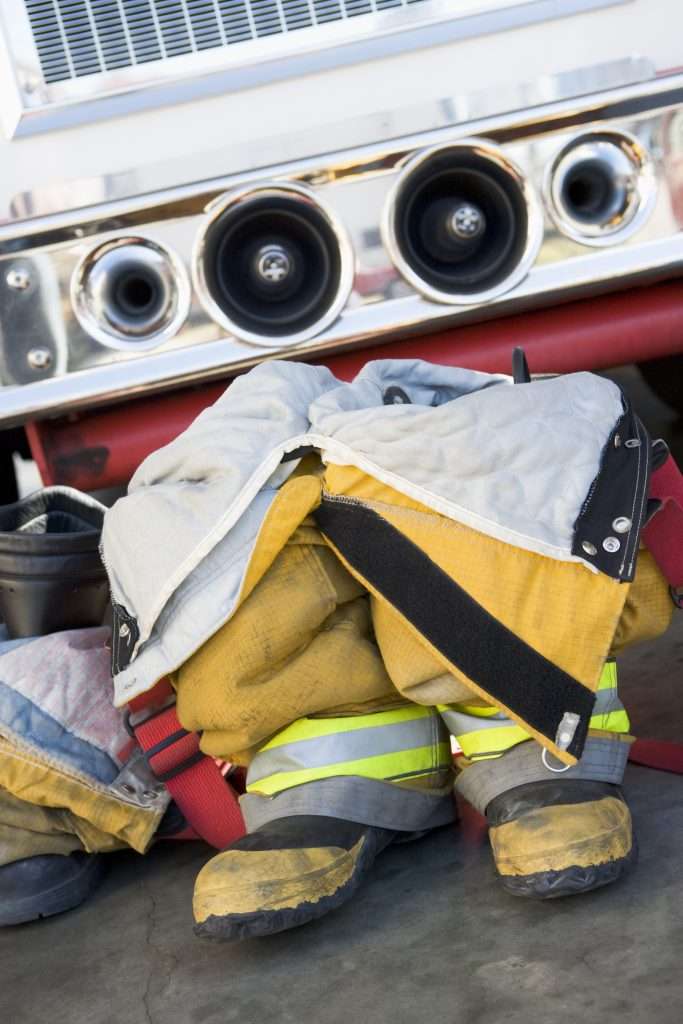
In the landscape of fire service, some communities find a harmonious balance between the dedication of full-time professionals and the volunteer spirit that binds communities together.
Combination fire departments, often the heartbeat of many suburban and mid-sized areas, represent a unique synergy of these two worlds.
In this section, we will explore combination fire departments, understanding their distinct character, the reasons behind their formation, and how they operate.
Purpose of Combination Fire Departments
As the name implies, a combination fire department combines the strengths of both full-time and volunteer firefighters. This U.S. Fire Service Department model embodies community dedication to public safety.
These departments are typically found in areas where the need for fire and emergency services varies, and a full-time staff might be impractical. Yet, a volunteer-only approach needs to be revised.
The primary purpose of combination fire departments is to provide effective and responsive fire and emergency services. They are designed to harness the expertise of career firefighters available around the clock while tapping into the community spirit by engaging volunteer firefighters.
This combination allows these departments to respond quickly and professionally to various incidents, from fires to medical emergencies.
Community Availability and Funding Sources
Combination fire departments have the advantage of round-the-clock availability, thanks to their full-time staff. They also benefit from the community connection fostered by volunteers who live locally.
Funding sources often involve a combination of tax revenue, grants, and community fundraisers to ensure the financial sustainability of the department.
Notable Examples of Combination Fire Departments
- Arlington County Fire Department, Virginia: A model combination department that expertly combines career and volunteer firefighters to serve the Arlington community.
- Roseville Fire Department, Minnesota: Known for its effective response to various emergencies, this combination department serves the city of Roseville.
- Madison Fire Department, Wisconsin: A prominent combination department that is well-respected for its professionalism and community engagement in Madison.
- North Shore Fire Department, Wisconsin: This combination department serves several Milwaukee communities and showcases the cooperative approach.
Key Responsibilities and Roles of a Firefighter
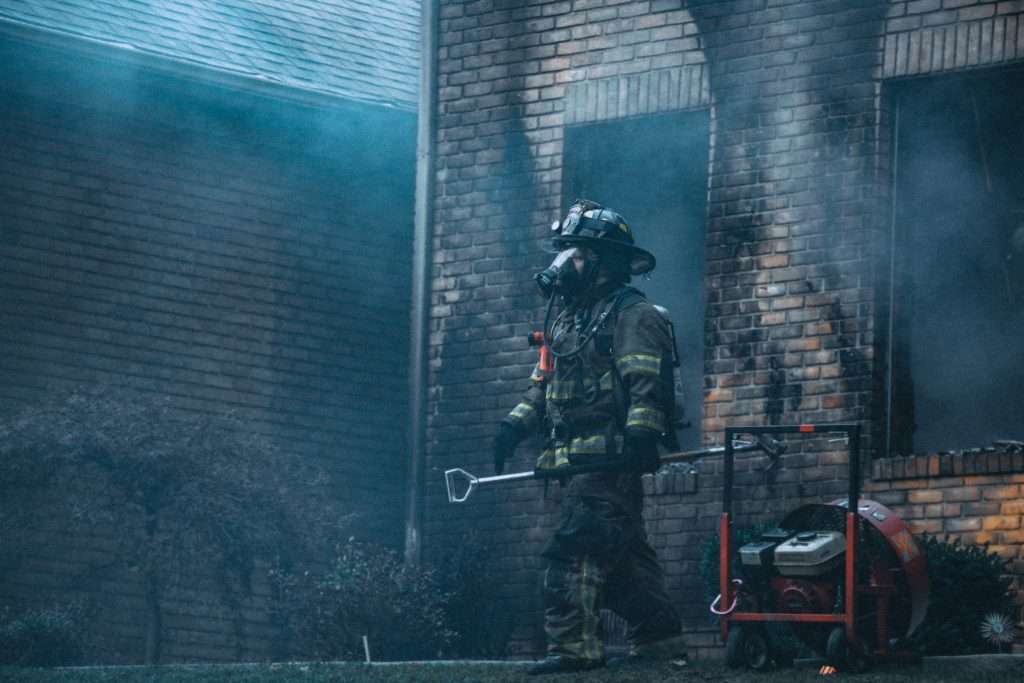
Firefighters shoulder diverse responsibilities and roles within a fire department. Their primary mission is to respond rapidly to fire incidents and other emergencies. The essential duties and functions of a firefighter will be the same whether a career, volunteer or a paid-on-call firefighter and include:
- Fire Suppression: Full-time firefighters are the first responders to fire incidents. They are trained to efficiently extinguish fires, control their spread, and protect lives and property.
- Emergency Medical Services (EMS): Beyond firefighting, firefighters often double as emergency medical technicians (EMTs) or paramedics. They provide essential pre-hospital care and medical transport services.
- Rescue Operations: Full-time firefighters are skilled in various rescue operations, such as vehicle extrication, water rescues, and high-angle rescues.
- Hazardous Materials Response: They are trained to handle hazardous materials incidents, ensuring public safety and environmental protection.
- Fire Prevention and Education: Firefighters actively engage in community education and fire prevention initiatives to reduce fire-related incidents through awareness and safety programs.
- Public Safety Advocates: They advocate for public safety and participate in community outreach, educating citizens about fire safety and preparedness.
Training Requirements for Firefighters
Whether full-time or volunteer, firefighters generally have similar training requirements, ensuring they are well-prepared for their roles. The training requirements often include:
- Basic Firefighter Training: This foundational training covers firefighting techniques, equipment usage, fire behavior, and safety protocols. It’s essential for all firefighters.
- Emergency Medical Services (EMS) Training: Many firefighters are trained as emergency medical technicians (EMTs) or paramedics to provide medical assistance at emergencies.
- Physical Fitness Training: Maintaining a high level of physical fitness is crucial for firefighters, as they often need to perform physically demanding tasks.
- Hazardous Materials Response Training: Firefighters may receive training to handle hazardous materials incidents, ensuring public safety and environmental protection.
- Search and Rescue Training: Some firefighters receive specialized training in search and rescue techniques, particularly in areas prone to natural disasters.
- Incident Command System (ICS) Training: ICS is a standardized management system used for emergency response. Firefighters often receive ICS training to coordinate efforts during incidents effectively.
Recruitment Process for Firefighters
The recruitment process for firefighters varies by location and organization but generally includes the following steps:
- Application: Interested candidates submit applications to the fire department.
- Interview and Assessment: Applicants may undergo interviews, written exams, physical fitness tests, and evaluations to determine their suitability for the role.
- Fire Academy: If selected, recruits attend a fire academy, receiving comprehensive training that includes classroom instruction and practical skills development.
If you want more details about the fire department hiring process, read The Fire Department Hiring Process: Unlocking Opportunities.
Differences Between Volunteer and Full-Time Firefighters

The primary differences between volunteer and full-time firefighters relate to their employment status and the nature of their commitment:
Employment Status
- Full-Time Firefighters: These firefighters are employed full-time and receive a regular salary or hourly wage for their services.
- Volunteer Firefighters: Volunteers typically have other primary occupations and provide firefighting services voluntarily. They may receive stipends or compensation on a per-call basis.
Availability
- Full-Time Firefighters: They are available 24/7 and work in shifts to ensure continuous coverage, making them well-suited for urban areas with constant demands for firefighting services.
- Volunteer Firefighters: Their availability varies, as they respond to calls from their primary jobs when they are off duty. This makes them more common in rural and suburban areas with lower call volumes.
Training and Commitment
- Full-Time Firefighters: They often receive more extensive and continuous training due to their full-time commitment to firefighting. They may also pursue specialized roles within the department.
- Volunteer Firefighters: While they receive comprehensive training, their primary occupation may require more availability for ongoing training. However, they remain dedicated to their communities and firefighting duties.
Volunteers and full-time firefighters are committed to protecting their communities, but their service structures and availability differ based on the needs of their respective regions.
Learn How You Can Become A Firefighter

Mastering the Firefighter Exam is a complete guide on how to pass the firefighter exam with a top score. It simplifies the complicated hiring practices of big city fire departments and reveals insider information most candidates don’t know about.
If You Would Like To Know How To Get A Head Of Your Competition, This Book Is For You.



